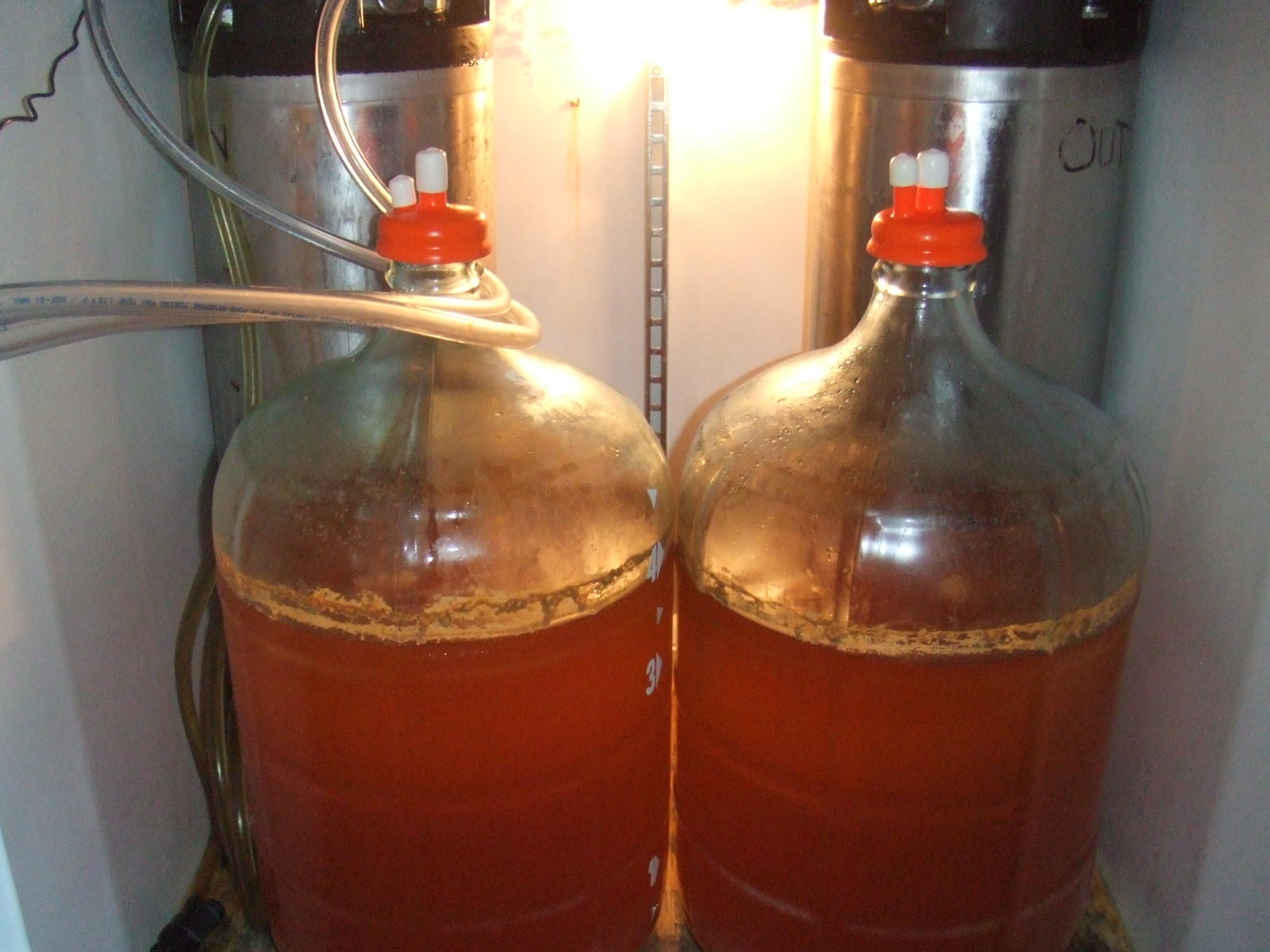The cold crash suckback has always bothered me and I've never accepted the recommendations not to worry about the air that comes back into the fermenter. It absolutely is an oxidation risk and as you've seen, the liquid in either airlocks or blowoff containers will get into the beer if you're not careful.
My current solution, that I haven't implemented or tested yet is to run the blowoff hose into a soft "cubetainer" in an air tight way. Also installed in that container is a silicone no-liquid airlock. As you're fermenting, CO2 fills the container to capacity and starts dumping through the flapper style airlock. When it's done, the container is full of CO2. Cold crash and in theory, the only thing that goes back into the fermenter is the CO2.
My current solution, that I haven't implemented or tested yet is to run the blowoff hose into a soft "cubetainer" in an air tight way. Also installed in that container is a silicone no-liquid airlock. As you're fermenting, CO2 fills the container to capacity and starts dumping through the flapper style airlock. When it's done, the container is full of CO2. Cold crash and in theory, the only thing that goes back into the fermenter is the CO2.

























![Craft A Brew - Safale S-04 Dry Yeast - Fermentis - English Ale Dry Yeast - For English and American Ales and Hard Apple Ciders - Ingredients for Home Brewing - Beer Making Supplies - [1 Pack]](https://m.media-amazon.com/images/I/41fVGNh6JfL._SL500_.jpg)

































